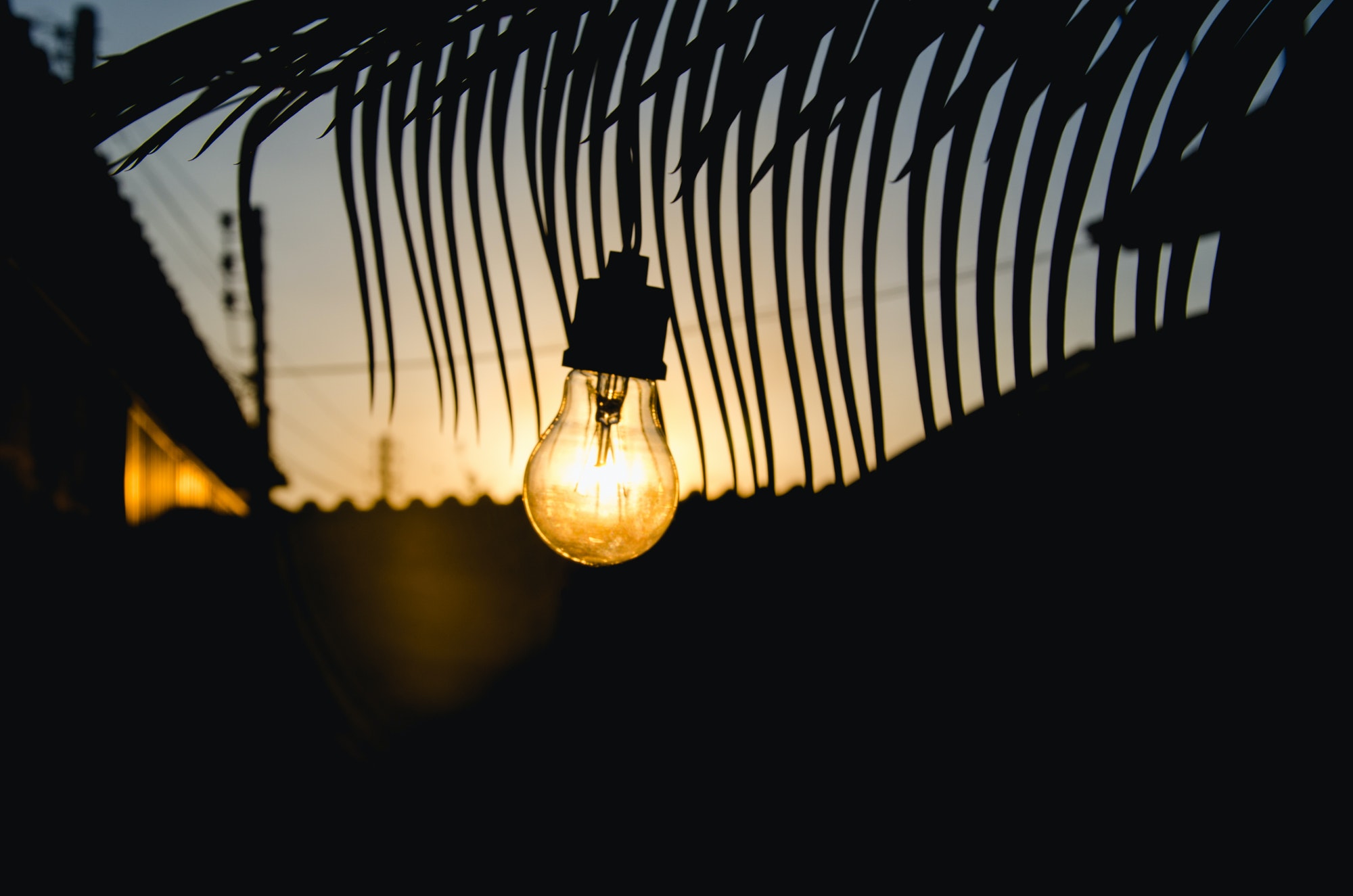Tree lights along an avenue. A lawn to illuminate your home or algae to light up a pond. An opportunity to produce renewable, sustainable, and clean energy. But tree lights are not mere fantasies. It is not new that plant leaves can generate a flow of electrons. According to the researchers, all green plants, whether leaves, grass, or algae, contain real solar generators. In other words, tree lights know how to take a beam of light and convert it into electricity. This sensational fact was recently announced by researchers at Tel Aviv University. The scientists achieved it by working with microalgae. They managed to produce hydrogen through an enzyme, using the algae as a bioreactor.
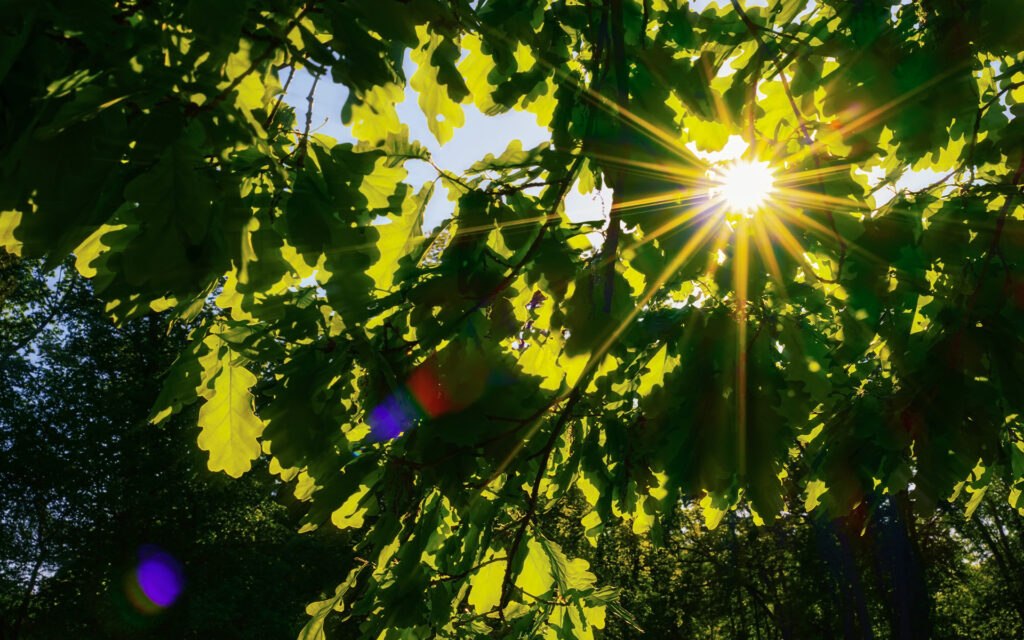
Renewable energy from plants
Many years will pass before we get concrete energy production from plants. But the research initiated seems to be very promising. One can only imagine what it would mean for an entire forest to be capable to produce light (in addition to oxygen through photosynthesis). And this is just one of the many hidden qualities of the plant world. A world that never ceases to amaze us with its richness and complexity. And that, let us not forget, is primarily responsible for the conditions of life on Earth. While waiting to see what developments the research will take, some designers have already taken the opportunity to imagine real applications for this sustainable technology.
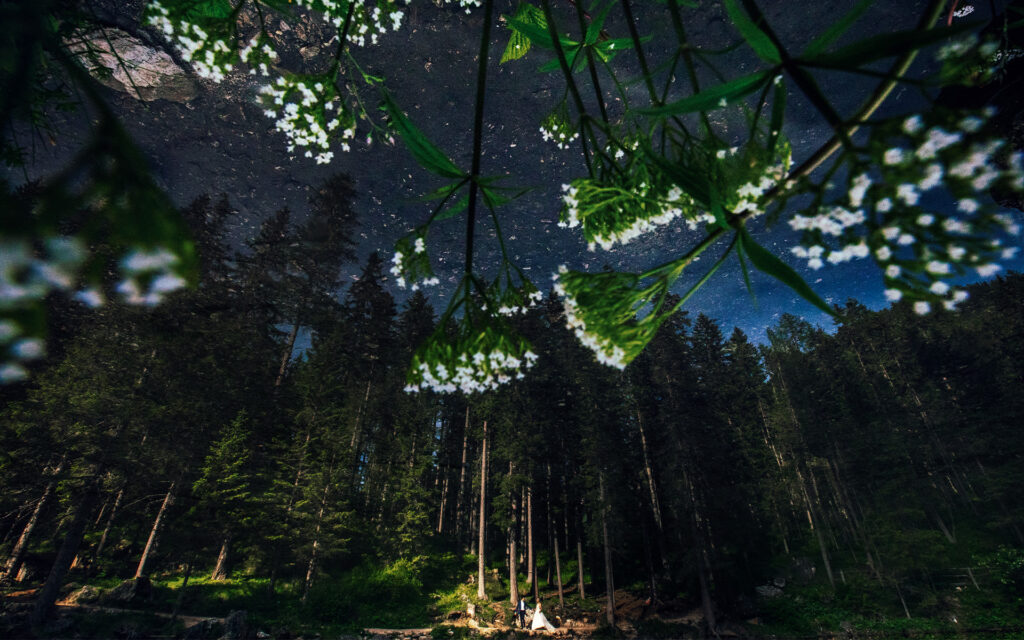
Technology inspires design
A Dutch designer and a start-up proposed Living Light. It is, in practice, a lamp consisting of a real plant that generates electricity. The plant itself gives the energy needed to operate the lighting element. It creates clean and sustainable energy without batteries. The idea of Ermi Van Oers would be to integrate the technology into a design project in collaboration with Plant-e, (a start-up that transforms plants into energy suppliers). At TEDx in Amsterdam, Van Oers managed to create a unique and original object. The designer says: “Nature is full of brilliant solutions. My goal as a designer is to inspire people with the power of nature.” Producing energy from plants could be our future and the future of the planet.
Nature is full of brilliant solutions. My goal as a designer is to inspire people with the power of nature.
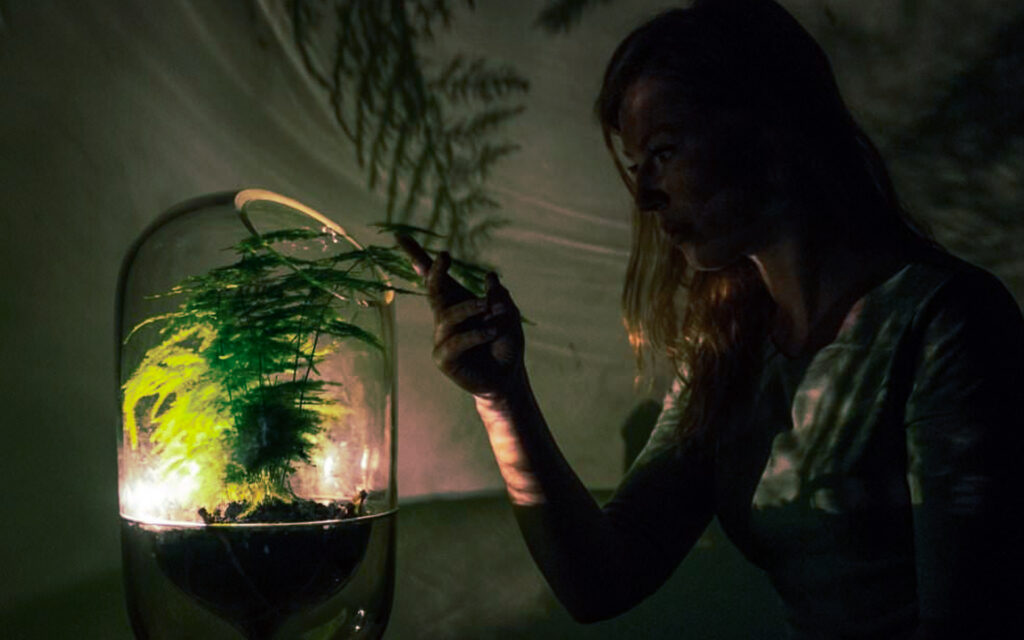
How Living Light works
Living Light works in an intuitive way. Thanks to photosynthesis, plants produce organic substances and chemical reactions. It is a process catalyzed by sunlight. With photosynthesis, plants not only grow and flourish but also generate protons and electrons. In this way they produce electricity. Van Oers and Plant-e exploited these characteristics to produce a “vegetable fuel cell“. That is a small motor in which electrons are separated from protons and then flow into a wire, becoming electricity. The plant, in a transparent pot with a cell at the base, lights up when someone touches its leaves. The lamp has two great advantages: it is self-sufficient (it does not need electricity or batteries), and it is sustainable since it is 100% natural. Since it is off-grid (i.e. not connected to the power grid) it has the enormous advantage of functioning in the absence of a physical grid.
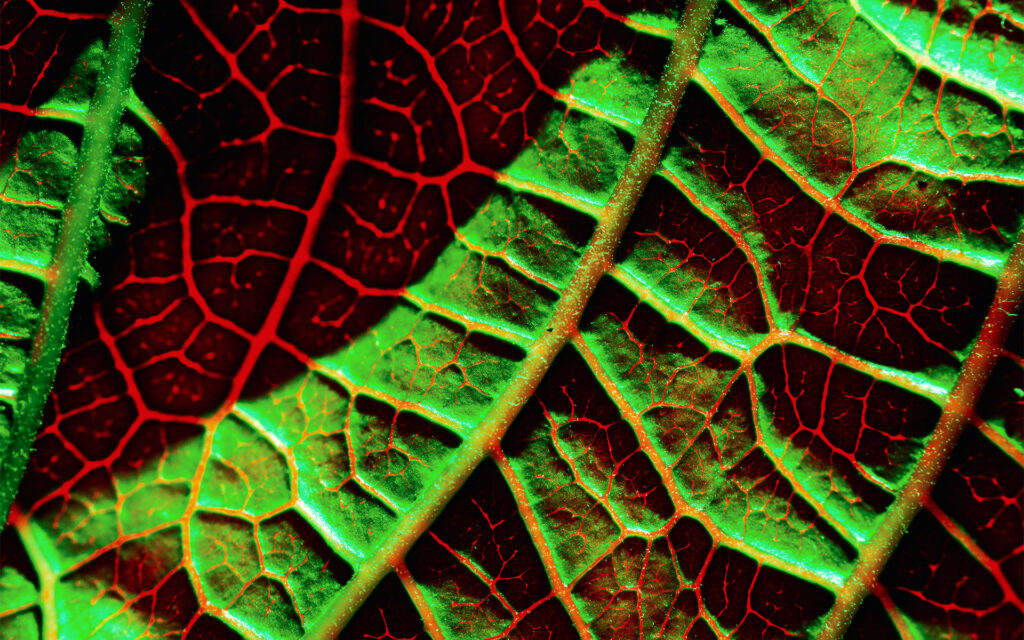
Evolution and innovation
Living Light is unique but also simple. It only needs light, land, and water. It is based, as we have seen, on a completely natural process. This process has been known for centuries and it is interesting how the plant family acts as a source of inspiration for innovation. We have already mentioned how photosynthetic processes are being recreated in the laboratory to produce hydrogen.

Pros and cons
Living Light is still a prototype and has shown some flaws, especially in durability. At the moment, it is only capable of producing half an hour of light after “charging” for 24 hours. But Van Oers is working to improve its performance. The designer and her team are working to make the project scalable, that is, effective even on a large scale. Currently, a public park in Rotterdam gets illuminated only thanks to the microbial energy of plants.
Energy is a fundamental element for the development of a community, and having access to renewable sources is better for both humans and the environment. Electricity consumption is one of the critical factors in the fight against climate change. Living Light is one of many innovative projects to obtain energy from plants. It could be a starting point for advanced technology to replace, in the future, our current urban electric network.
Find out more: Foresta in cammino
You may also be interested in Four new fabrics from organic waste


